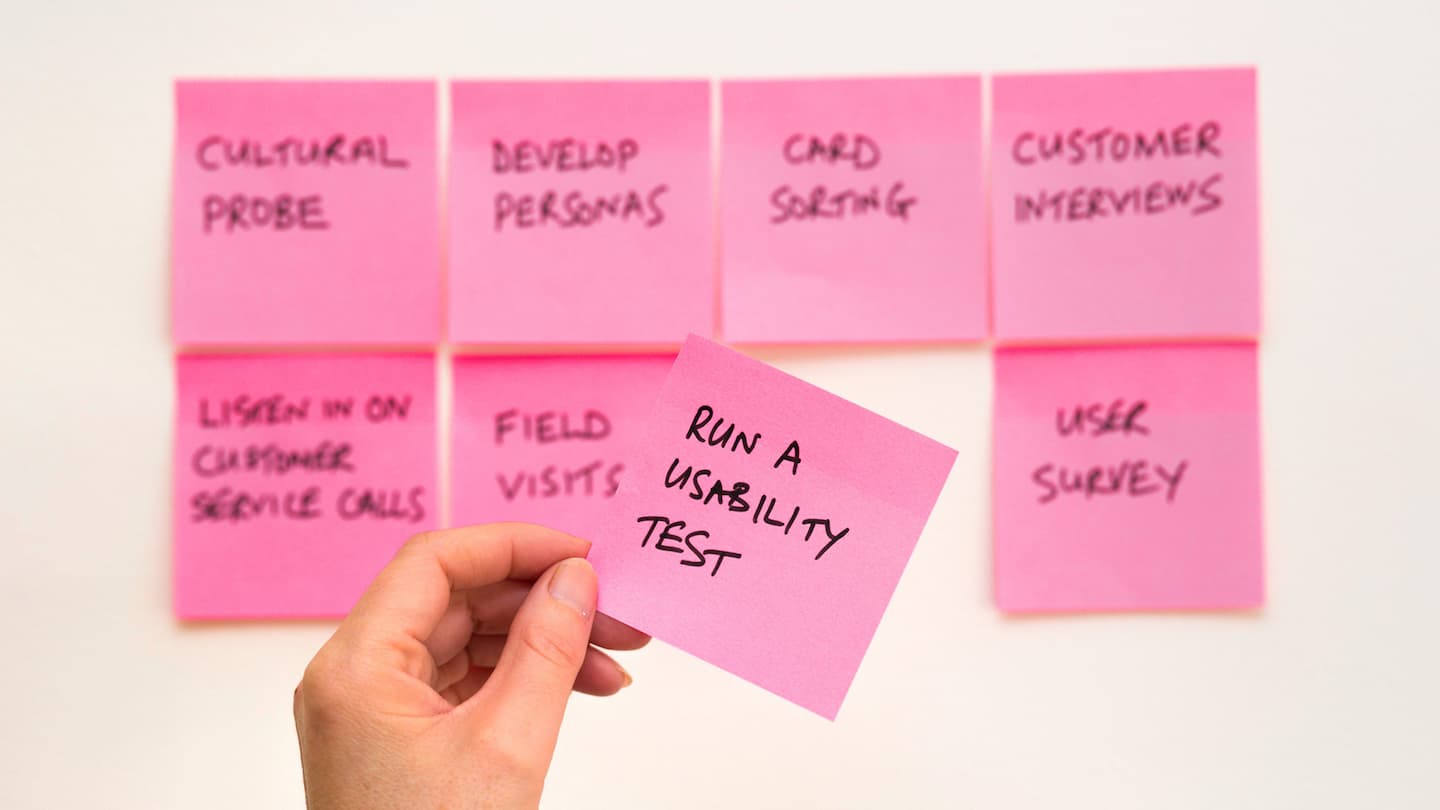The Action Cam View of Your User Experince

I was recently called upon to attend a client’s executive meeting. Since I spend most of my time deep in project work, the rarity of this invitation was stressful enough to conjure an image of a 1950s movie, with a company president yelling down to the manager who in turn yells down to the line worker: “Smithers! Report to the top floor at once!”
Fortunately, the real scenario didn’t mean trouble for me like it did for Smithers. Our client wanted to capture and visualize new process options in their senior management meeting. As a user experience architect, I have a number of tools in my belt, from interaction design to usability testing. I am able to translate and shape concepts into visualizations, so it made sense for me to be in the room. But a surprise opportunity would present itself during the meeting.
Jump to the scene at client headquarters: a long conference room table encircled by several assertive senior managers and a select group of advisers. Before my agenda item arose, someone opened a debate concerning a subject our team had recently studied in user testing: Can the website’s primary audience get what they need from a truncated version of product details? If so, this would potentially reduce some data management issues, in addition to improving the user experience.
One of the managers asked, “What did we find?” while looking down to the tail end of the conference table, where I was sitting. He knew the answer, but was asking me to step in as the researcher to verify the finding — all eyes were on me.
“What we saw in prototype testing was that, when presented with less detailed information, users were willing to move to the next step in the shopping cycle.” (I managed to project those words across the considerable length of the conference room.)
“There. Now let’s move on,” the ranking executive cut in. (He said more, but that paraphrases the essence.) The nods from the other end of the table spoke volumes about their confidence in having a true customer interaction answer the question.
Again, my mind turned to movies. This time, however, it was the kind of movie that brings a view of real-life adventures in exciting situations: the personal action cam view. Usability testing is like a GoPro view of how people experience the adventure of using websites, apps, software or products. While it doesn’t give you the data picture like analytics, A/B testing and other research, it is unique in capturing the living moment a person interacts with your service or product. It is a true qualitative view.
To use mountain-biking jargon, that view is like watching someone “drop in” to a trail your company has built. What is that trail, that experience, like for your customer — flat and featureless, precarious and full of pitfalls or fast and full of flow? It is through that lens, following a real customer as they navigate your website or app, that you see actual behaviors and attitudes. This insight, together with your other data, increases the likelihood of improving your users’ experience. Clients who seek this over-the-shoulder view of their customers’ experience have a more complete picture to guide their decisions.
How do you rank the importance of user testing among other forms of research and data gathering?
Photo by David Travis.
Related Perspectives

5 Key Strategies to Making Good Content Great
Standing out in a sea of content is the charge—and challenge—for B2B writers in today’s digital business environment. Writing well isn’t enough, nor is an outcome of purchase transactions. Instead, measuring great writing means delivering value to readers who, ultimately, act to extend their relationship with your brand.

Marketing During Crisis: Pivot to Content
Welcome to the new normal. The novel coronavirus has turned our world upside down. We are all in crisis mode. At our homes, in our communities, and at work, it seems like everything is changing daily.